A. Farina, A. Farina0863411185, 9780863411182
Also available:
Applications of Space-Time Adaptive Processing – ISBN 9780852969243 Principles of Space-Time Adaptive Processing, 3rd Edition – ISBN 9780863415661
The Institution of Engineering and Technology is one of the world’s leading professional societies for the engineering and technology community. The IET publishes more than 100 new titles every year; a rich mix of books, journals and magazines with a back catalogue of more than 350 books in 18 different subject areas including:
-Power & Energy -Renewable Energy -Radar, Sonar & Navigation -Electromagnetics -Electrical Measurement -History of Technology -Technology Management
Table of contents :
Optimised Radar Processors……Page 1
Foreword……Page 3
Introduction……Page 4
Acknowledgments……Page 10
Table of Contents……Page 11
1. Adaptive Implementation of the Optimum Radar Signal Processor……Page 12
2. Application of Gram-Schmidt Algorithm to Optimum Radar Signal Processing……Page 22
3. The Gram-Schmidt Sidelobe Canceller……Page 29
4. Adaptive Methods to Implement the Optimum Radar Signal Processor……Page 34
5. The Maximum Entropy Method and Its Application to Clutter Cancellation……Page 40
6. Performance Comparison of Optimum and Conventional MTI and Doppler Processors……Page 50
7. Radar Detection of Correlated Targets in Clutter……Page 59
8. Coherent Radar Detection in Log-normal Clutter……Page 79
9. Advanced Models of Targets, Disturbances and Related Radar Signal Processors……Page 95
10. Radar Detection of Target Signals in Non-Gaussian Clutter: Theory and Applications……Page 103
11. Theory of Radar Detection in Coherent Weibull Clutter……Page 111
12. Optimum and Sub-optimum Processors for Multistatic Radar Systems……Page 128
13. Multistatic Radar Detection: Synthesis and Comparison of Optimum and Suboptimum Receivers……Page 136
14. Survey on Multistatic Radar Detection……Page 147
15. Multistatic Detection of Radar Signals for Swerling Models of the Target……Page 154
16. Overview of Detection Theory in Multistatic Radar……Page 161
17. Surveillance Radars: State of the Art, Research and Perspectives……Page 172
18. A Review of CFAR Detection Techniques in Radar Systems……Page 190
19. Synthesis and Evaluation of Phase Codes for Pulse Compression Radar……Page 197
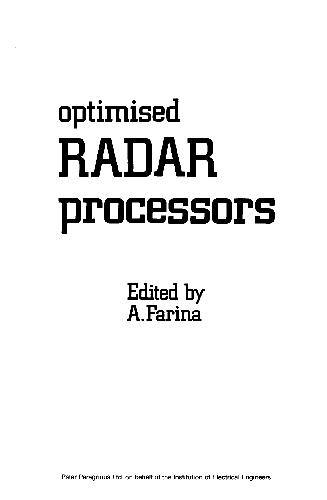

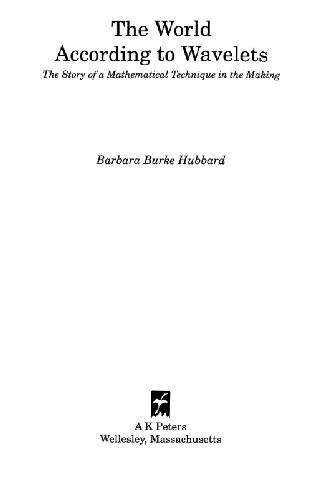
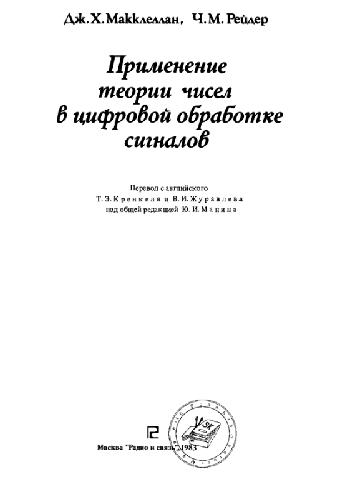
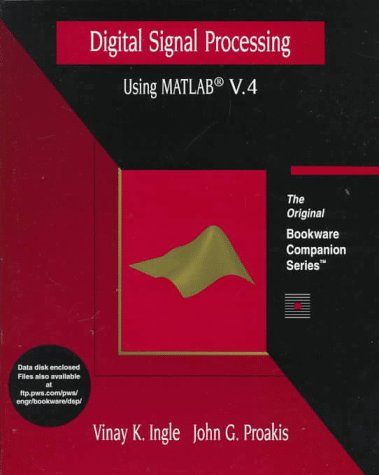

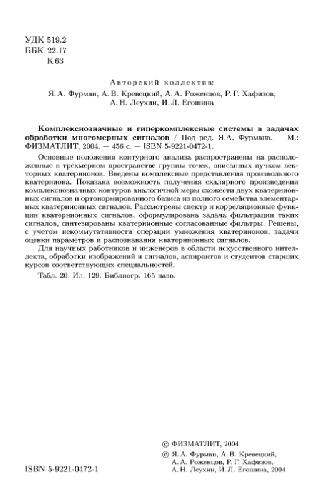
Reviews
There are no reviews yet.